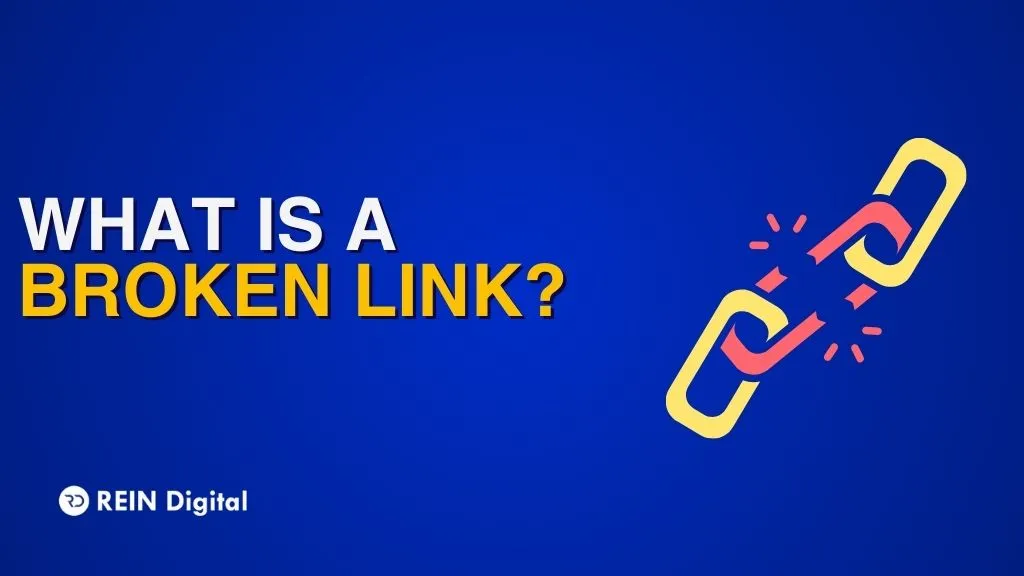
Imagine you are doing some research on the web and you found the blog you were looking for. It has all the information you need and in the blog, you see an external link and when you click on it, the link takes you to a landing page that is in a different language. What do you do? You immediately bounce because you don’t understand the language. Now imagine that you were the owner of the said blog in a different language and just because the blog was in a different language, you just lost a visitor. Even if your blog is in English there may be readers that prefer the presented information in their native language. Now think of how many visitors a month you are missing out on just because you are not connecting with your audience from a different country, background, and language. So, how to start website content language translation and get more traffic?
Let us show you.
How To Do Website Content Language Translations?
Translating your website’s content can dramatically increase your website footfall. But, you cannot just wing it.
There is a process to it.
Let’s get started with the first step.
Step 1. Find Out the Source of Your Traffic
First, find out from which part of the world you are receiving traffic and even if you are not receiving traffic from other parts of the world, don’t rule this out. You can start getting foreign traffic soon and therefore you should be prepared for it. So, how do you know where the traffic is coming from?
One of the ways is to visit Google Analytics as it has heaps of data when it comes to traffic.
- Start by navigating to the Acquisition report and under “All Traffic,” select the “Channels” report. Now you should be able to see default channel groupings such as organic search, direct traffic, and more.
- The main aspect here is to choose a secondary dimension to match this traffic and go deep into its sources.
- On top of grouping, choose the secondary dimension tab.
- Next, look for “Country” and choose from the drop-down list. It will show you where exactly the traffic is coming from within the channels of organic, direct, or social.
This data will help you in translation since you can see where maximum traffic is coming from. For instance, if you notice that the organic search is from Spanish-speaking countries, you should consider translating your content into Spanish. If you see that your maximum traffic is coming from socials then you can use Bitly, a link shortening, and free tracking service. It can also be used for social media posting and scheduling. Why use Bitly? Because it offers dynamic tracking elements that social media platforms’ basic analytics don’t offer. For instance, you can easily see from where you are getting clicks. This can be immensely helpful in maximizing traffic by making an appealing and readable post on socials. If translating all your web content is laborious then you can just optimize the top-performing content.
For instance, if a blog post is driving tons of traffic and business opportunities, consider optimizing that blog post and earn the biggest ROI against the time spent on optimizing the post.
- To find the top-performing blog posts, go to Analytics, and under “All Pages,” go to the behavior report.
- Now, choose the secondary dimension tab and click “Country” to find out from which countries the traffic is coming from.
This data will help you get an idea of which popular pages are driving foreign traffic to your website. Remember, this system is not foolproof for identifying the language because the country of origin when it comes to traffic often doesn’t always equate to the language spoken. For instance, a US resident may be fluent in Spanish and prefer it over English. Or a Canadian individual mostly speaks French. Therefore, even if you receive traffic from English-speaking countries, it is always wise to translate your content into different languages.
Step 2. Use Third-party Services to Translate Top Posts
Now that you know where the traffic is coming from, it’s time to translate your content into different languages. You can use plugins and they can be effective in some instances, but they are not optimal. The majority of the time you’ll find that content language translations are not optimal and often the plugins will change the layout of the content such as they can mess up your call to action and jumble up words pretty badly. Not only this, but plugins can also mess with some of the most important things on your websites such as your HTML and SEO. Moreover, you can get title tag errors and duplicate meta tag errors on your search console because the plugins will not translate the meta title tags and meta descriptions.
Plugins might be a quick solution but their disadvantages outweigh the advantages and thus, we advise against them.
So, How Do You Go About Translating Your Website’s Content?
If you are planning to translate just the top posts as we discussed, then using third-party services is ideal as they are highly accurate and cost-effective. Third-party service providers are fast, pocket-friendly, and effective without prompting you to clean up the errors. These third-party service providers are easily found on Fiverr. Go to Fiverr’s official website and search for translators. Be specific with the exact translators you are looking for and the key here is to prioritize without sweating the small stuff. If you don’t translate the pages that receive a few hits a month, it won’t have a massive effect on your traffic. Again, remember to pick the posts that receive high traffic and pick the language related to the majority of your foreign traffic. When you consider the potential upside of using translation services and their potential positive impact on your traffic, it’s a bargain.
Translation tools and plugins don’t do languages justice as they can’t pick on the nuance of their intricacies. Their errors are easy to spot and a person fluent in that language will spot them and won’t stick for long.
Quick Tip: Have proper quality control in place before publishing the translated content online.
Step 3. Use Google’s translate Plugin For the Rest of Your Content
After translating your website’s top content, it’s time to translate the rest. Why? Because if the readers like the content that they read, chances are they are going to read other posts. And if other posts aren’t translated, you risk losing traffic. The goal here is to build sustainable traffic and therefore only optimizing a few posts is not ideal. Luckily, Google offers one of the easiest ways to your website’s content language translation into more than 100 languages. You don’t have to create new pages. When a reader from another country lands on your post, Google asks them if they wish to translate the page. With a single click, the reader can translate any page on the website.
It’s not 100 percent accurate but it’s a good start if you are low on budget and time and want to boost your traffic.
- Start with Google’s Website Translator and click “Add to your website now.”
- Then, insert your website’s URL and choose the original language of your website
- Next, select which languages you want your website translated into
- It’s best to choose “All Languages” because the more traffic the merrier.
- Now, select the style or display mode of the translate option.
There are three ways to display the translation option: Inline, tabbed, and automatic. Choosing the automatic is highly recommended as it automatically detects the country and language of the user and prompts them if they want the page translated. The next key step is to ensure that the automatic translation settings are on and you care to track the data on Analytics. This helps in knowing how effective the changes are on the website’s traffic.
Finally, you have to add a snippet of code to your website. Simply put, this snippet of code has to be added to every page you wish to translate. After doing that, you can start to reap the benefits of the translation and bring in more traffic.
Conclusion
Let’s recap what we’ve done so far.
When we land on a website with a different language, we bounce from the site because it is hard for us to understand. Similarly, if you have a website and users land on a page and can’t understand the language, it is a missed opportunity in terms of traffic. If you are depending on traffic from just English-speaking countries, you might be missing out on loads of traffic. If you want to get sustainable traffic that keeps increasing, your website’s content language translation into different languages is the right option. First, find out where the traffic is coming from using Google Analytics, and then use a third-party service to translate the top-performing post on your website. Finally, use Google’s translator plugin to translate the rest of the pages and witness a massive boost in traffic














